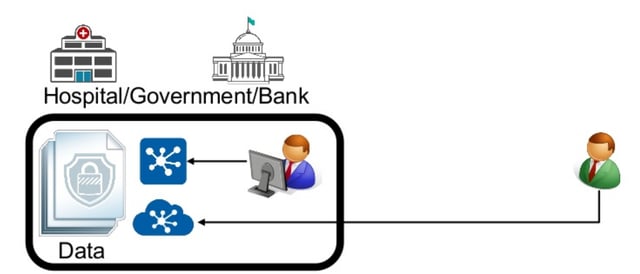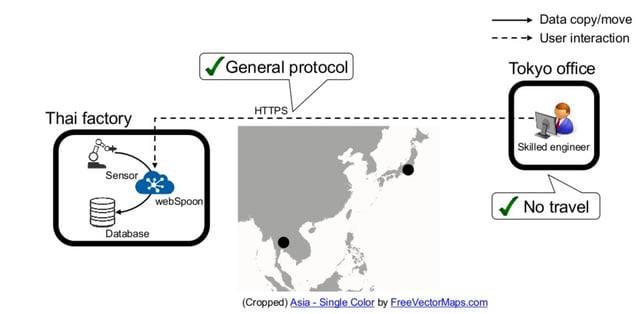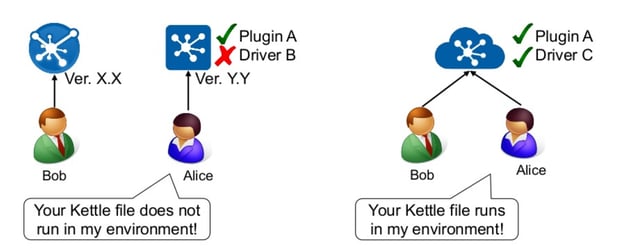Cloud computing is the way to the future, and the way to bring your company to the next level. With...
3 Reasons to take a look at WebSpoon for web or cloud ETL
Bart Maertens

3 reasons to move your ETL to the web, cloud
ETL development heavily relies on the desktop with files, database and network connections that require the developer to be the resources that are located in the company network.
Apart from these access restrictions, most of the established ETL platforms have a history of over a decade and were originally developed in an era where web based applications were basic at best.
Times have changed, however, and web applications have come a long way. We'll look at a number of reasons to move your ETL to the web and/or cloud.
1. Data can't leave the organization
There are plenty of cases where data is considered to be too sensitive to leave the organization's premises or (virtual) private cloud.
With a centralized ETL infrastructure, ETL developers and data engineers can work from anywhere in the world. All of the data is managed over secure connections without the need for a single byte of data to leave the organization's systems.

2. Data is too big to copy or changes frequently
ETL developers and data engineers often need to work in geographically separate locations, while the data remains in one location.
Developing ETL or working with frequently changing data over VPN connections and remote deskop protocols is painful, if possible at all.
Life can be a lot easier if the ETL and data management work can be done over a standard HTTP(S) protocol from anywhere in the world.

3. Simplified installation, configuration and project management
Last but not least, ETL configuration management and overall DevOps for a large number of desktop installations can be a burden.
Instead of maintining an installation on every ETL developer's or data engineer's machine, a centralized approach can significantly simplify the process.
With a centralized installation, developers are guaranteed to work on the same standardized software version, configuration and set of plugins.
Additionally, ETL working practices and conventions are a lot easier to enforce from a centralized environment.

Try it out for yourself
If you're using or considering Pentaho (now part of Hitachi Vantara), all of this is within grasp: with the WebSpoon project, your existing ETL can simply be moved to the web and cloud. No changes to your existing code base are required, and you can gradually (or partially) make the switch to web or cloud based ETL.
We've set up a demo environment for WebSpoon, feel free to give it a try.
WebSpoon is available as open source and is not (yet) part of the Pentaho Enterprise Edition. Let us know if you'd like to find out how we can help you bridge the gap.
Disclaimer: the use cases and images in this post were taken from WebSpoon author Hiromu Hota's presentation.




Blog comments